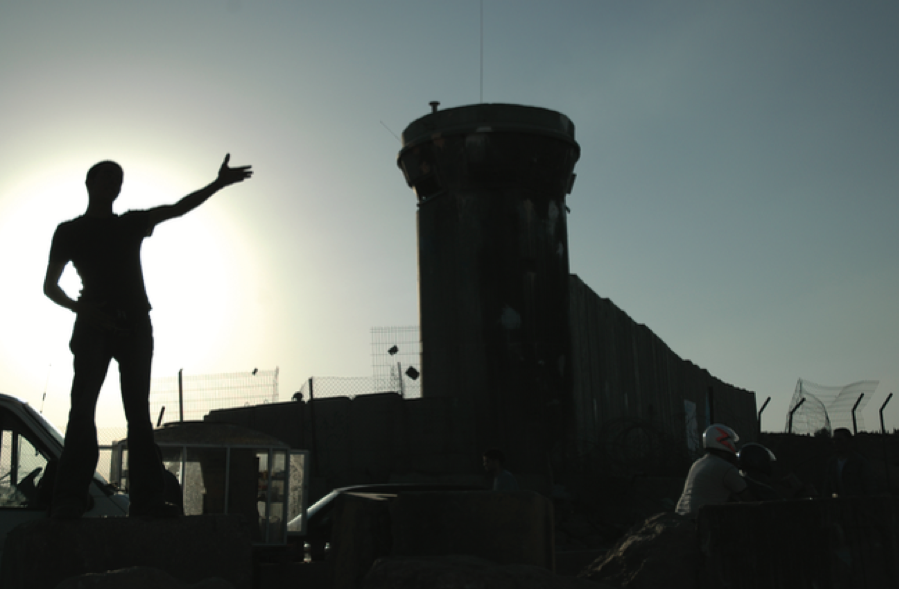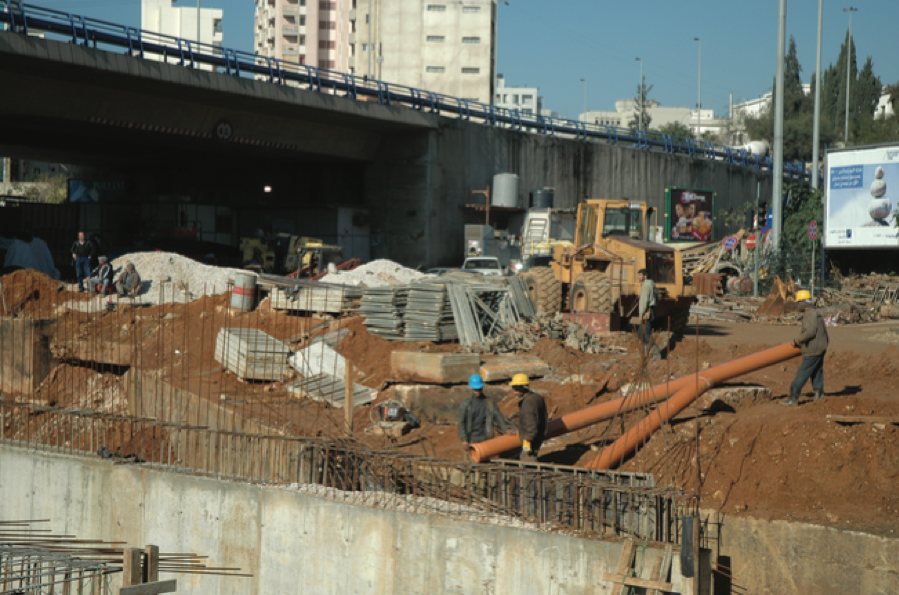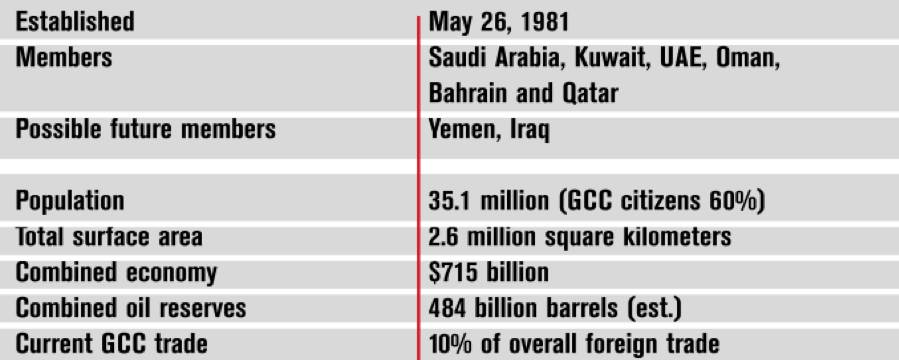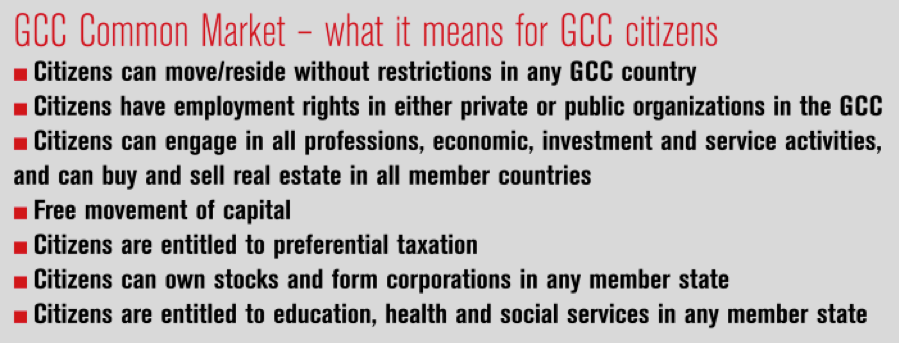As the heavy wooden door of the Old Vine Hotel — the newest addition to Damascus’ ever expanding stable of Old City boutique hotels — swings shut, the noise and chaos of the outside lanes fades. Gone are the scrums of tightly wrapped tour-guided Iranian pilgrims, the small boys artfully carrying steaming cups of sweet tea through the crowds and the calls of Syrian merchants flogging cheap Chinese wares. They have been replaced by the Damascus of folklore: a narrow hallway leads to a marble courtyard embellished with a large fountain, filling the traditional Beit Arabi with the soothing sounds of running water. Like its growing number of competitors, the nine room boutique hotel promises to transport visitors back to the Middle East of the Thousand and One Nights legend.
“Business has been good, demand is strong,” general manager Sami Maamoun said. “Our guests want to stay in a unique environment which they can’t find anywhere else. They want to experience a traditional Damascene house and the atmosphere that goes with it.”
Long ignored by the country’s wealthy, who traded their sprawling traditional houses for modern apartment blocks in the new city, in recent years the Old City of Damascus — heralded as the world’s oldest continuously inhabited city — has attracted intense interest from the private business sector. Around 70 restaurants and six boutique hotels are operating in the area; a further 28 restaurants, 13 cafes and 40 hotels have been granted licenses and are expected to commence operations within the next two years. All of which has seen property prices soar, increasing by up to 300% since 2000.
Preserving the past
A new-found passion for the Old City is, however, raising concerns about the impact such development is having on the World Heritage Listed site. A proposed development to widen Al-Malik Faisal Street, which runs parallel to parts of the northern wall, would entail the demolition of a number of historic buildings. The potential for demolition has resulted in the area being placed on World Monuments Watch’s List of 100 Most Endangered Sites for 2008. UNESCO has further threatened to revoke the area’s World Heritage Listing should the project proceed. While a decision is yet to be made — Syrian authorities will again meet with UNESCO officials later this month — recent comments by government officials indicating they would like to expose the Old City’s original walls have been viewed by many as an indication the project will be given the green light.
At the same time, the boom in restaurants and hotels is putting massive strain on an already weak infrastructure. Waste water, traffic management and air pollution have been identified as primary threats to the area by a joint Syrian-EU project working to preserve the Old City. Other questions are being raised, such as whether some of the restorations being carried out by private investors are adhering to strict guidelines imposed by the Syrian government, which stipulate that only traditional materials and methods be used, adding considerable expense to any project. “It would take an army of inspectors to guarantee that everything that should be happening during a renovation is happening,” architect and historical monuments expert Luna Rajab said. “We also need to move away from creating new decorations — fake ancient if you will. From a restoration point of view, you should not create anything new for which you don’t have documentation.”
A preservation strategy needs to be developed that would treat the Old City as a continuous area of equal importance, says Rajab, rather than simply focusing on individual buildings and monuments. “We need to pay attention to all the elements that make up the urban tissue of the area,” she said. “The importance may not be in the house itself. But that house next to this mosque and near that madrassa forms a continuum which needs to be respected.”
Preservation experts are not the only ones concerned about the private sector-led renaissance of the area. Many local residents complain about the noise and crowds that now choke, what until a few years ago used to be, sleepy lanes and alleyways. At the same time, poor services and skyrocketing housing prices are exasperating a long term exodus from the Old City — between 1995 and 2005 more than 20,000 residents moved out — threatening the traditional character and ambiance of the area. “We don’t want the Old City to be turned into a dead city, one that is only used as a tourist zone, one that people visit for shopping and restaurants and then leave,” Erfan Ali, program director of the Syrian-European Union Municipal Administration Modernization (MAM) project, said. “Old Damascus has never been that, it has always been a living city and it is important to preserve that character.”
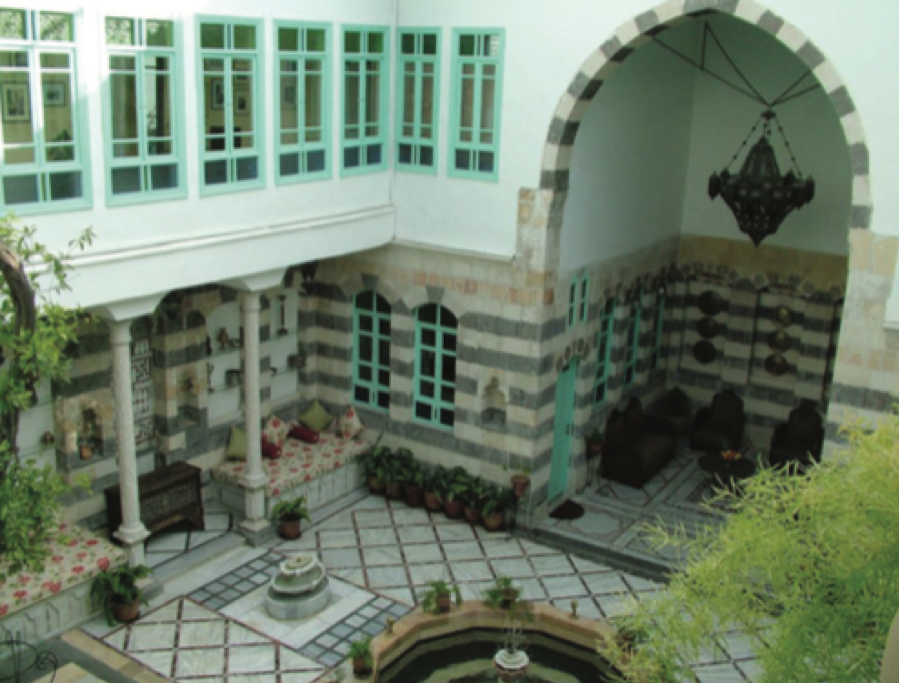
The master plan
These are all issues that the long anticipated master plan for the Old City is working to address. The plan, expected to be finalized in May, will divide the city into distinct commercial, tourism and residential zones and place limits on the number and style of future developments. Three tourism restaurant zones will be created in the areas of Qaymarieh, Bab Tuma and Midhat Pasha, while boutique hotels without restaurants will be able to establish their premises anywhere in the city. Syrian authorities have stopped granting business licenses until the new guidelines outlined in the master plan are finalized. In all, 59% of the Old City is expected to be zoned as residential. “I think we can say this plan is getting the mix between commercial, residential and tourism right,” according to Ali. “With more than 50% of the Old City designated as a residential area, the traditional character of the city will be maintained and we will have a living city.”
Tourism infrastructure will also be improved and themed walking routes are expected to be launched by the end of the month. Visitors will be provided with pamphlets that chart out routes of interest and include information about sites of historic and cultural significance. The walking tracks will include those which highlight the area’s spiritual heritage, taking in the numerous Islamic, Christian and Jewish monuments, as well as others which focus on classical sites, handicrafts and souqs. Plaques are to be installed around the city to help visitors navigate the maze of streets, lanes and alleys. A permanent sound and light show is also scheduled to commence in April in front of the Umayyad Mosque detailing the history of Damascus in 10 different languages.
Plans to restrict traffic access during certain hours and create pedestrian only zones are also scheduled to begin next year. Electric cars and even a tramway running around the city’s walls are all on the drawing board as ways of introducing environmentally friendly transport means around and within the area.
Damascus authorities have also started working with the German Technical Cooperation Program (GTZ), which recently concluded a 13-year program in the northern city of Aleppo to assist low-income residents in restoring and repairing their homes through a system of micro-loans and grants. The project worked to keep residents of Aleppo’s Old City in their homes which, in-turn, preserves the ‘living character’ of the area: residents venturing out in the morning in their pajamas to buy bread, children playing in the alleys and running errands for their parents and old men playing backgammon and smoking nargileh in front of their homes and small stores. As project manager Regina Kallmayer pointed out, “The aim is to create instruments that will enhance the ability of residents to upgrade their homes and improve their living conditions which will encourage them to stay in the Old City.”
“The Old City needs a lot of work and the government, despite best intentions, simply cannot carry out what is needed because they just don’t have the money,” he stated. “The government could put as a pre-condition on investors requirements that they take care of the surrounding area and this would have a big impact.”
“We can still have a successful mix of commercial, tourist and residential areas like every historic city throughout the world,” said May Bendki Mamarbachi, founder of the city’s first boutique hotel Beit al-Mamlouka, which recently received its third Condé Nast Traveller gold star award. “The difference is that Syria is at the beginning. It will take time for us to develop like the established historic cities of Spain or Italy, but we are moving forward toward this.”
Not all investors, however, are as community minded. Ali said many need to change their mindset when coming to do business within Damascus’s ancient walls.



